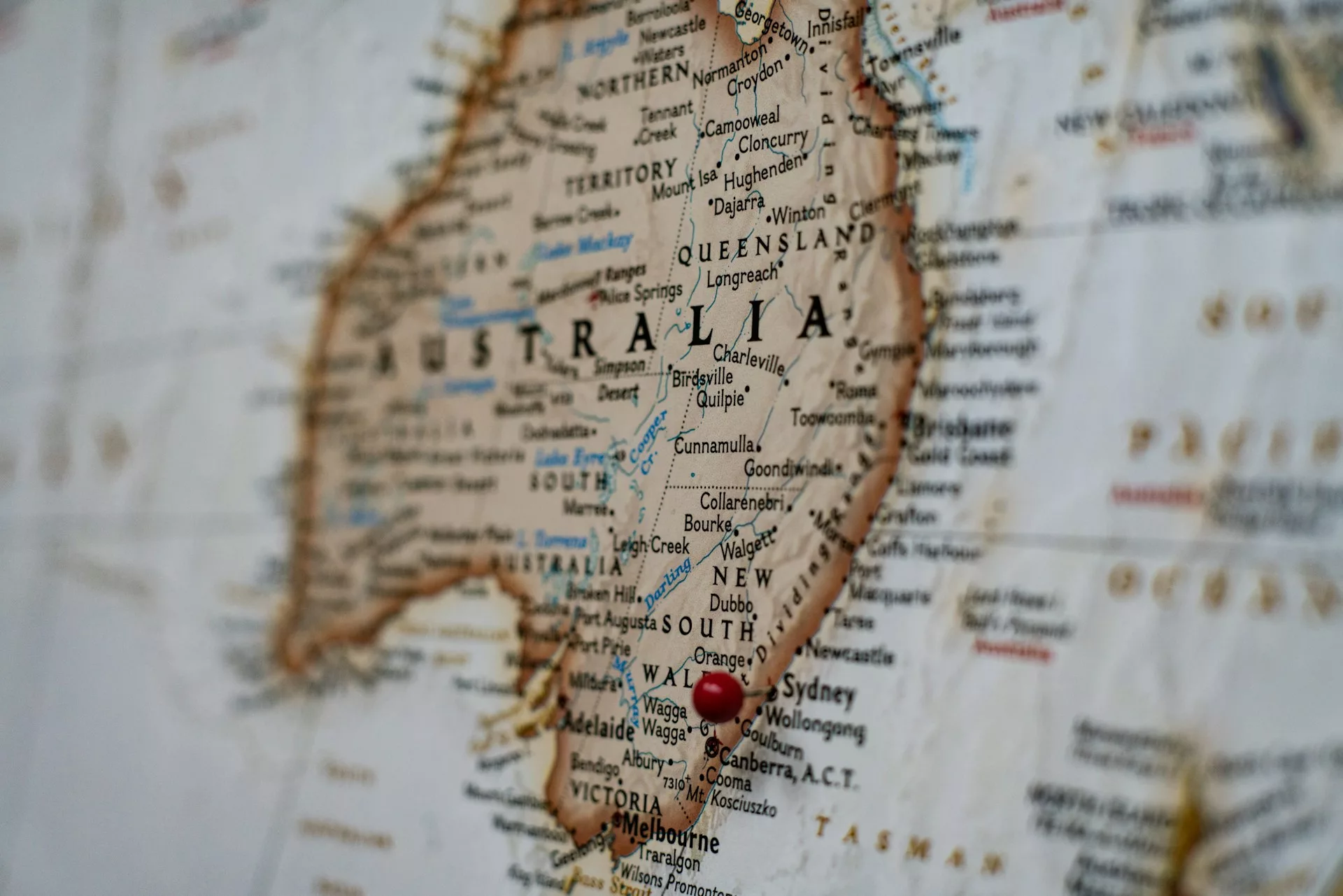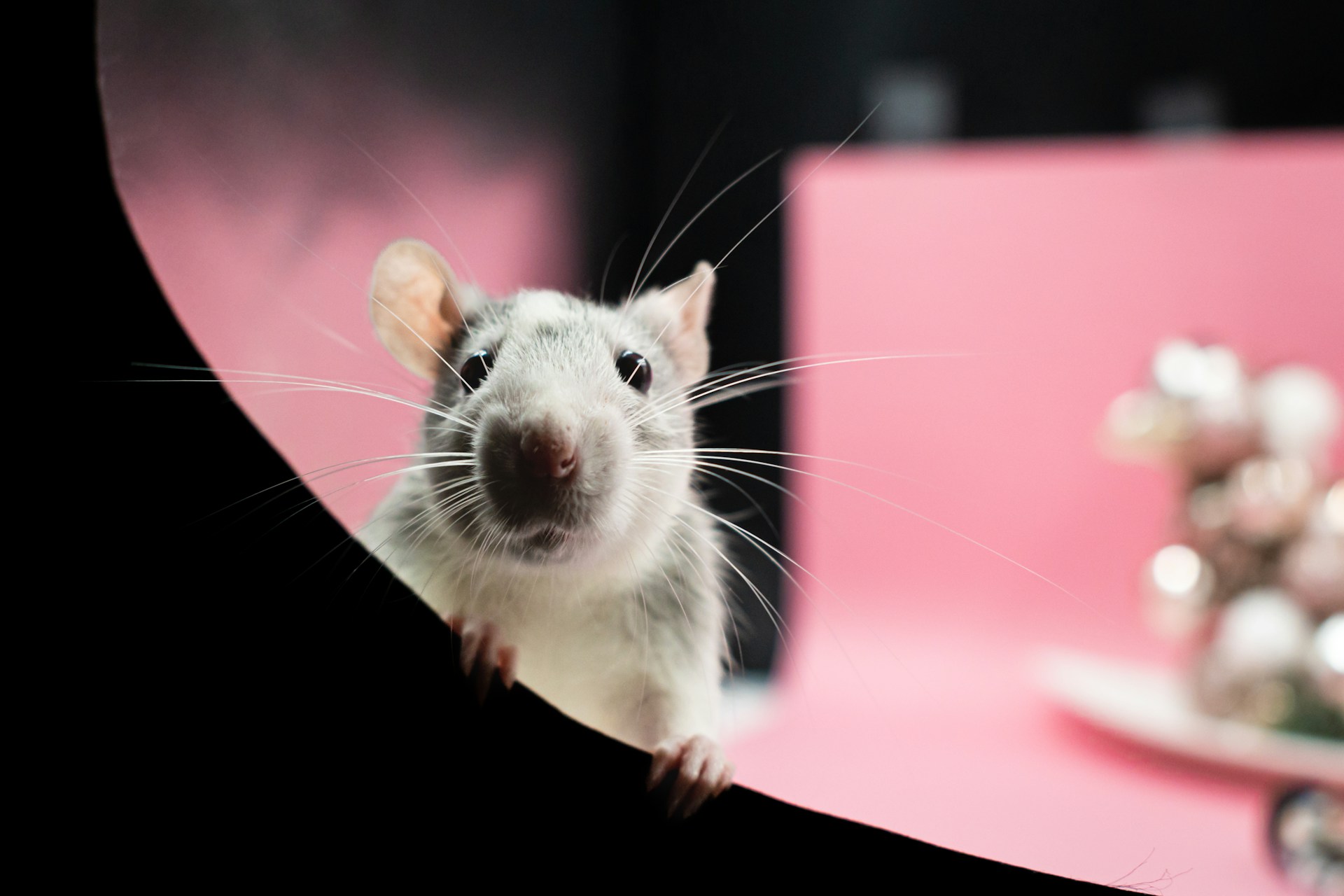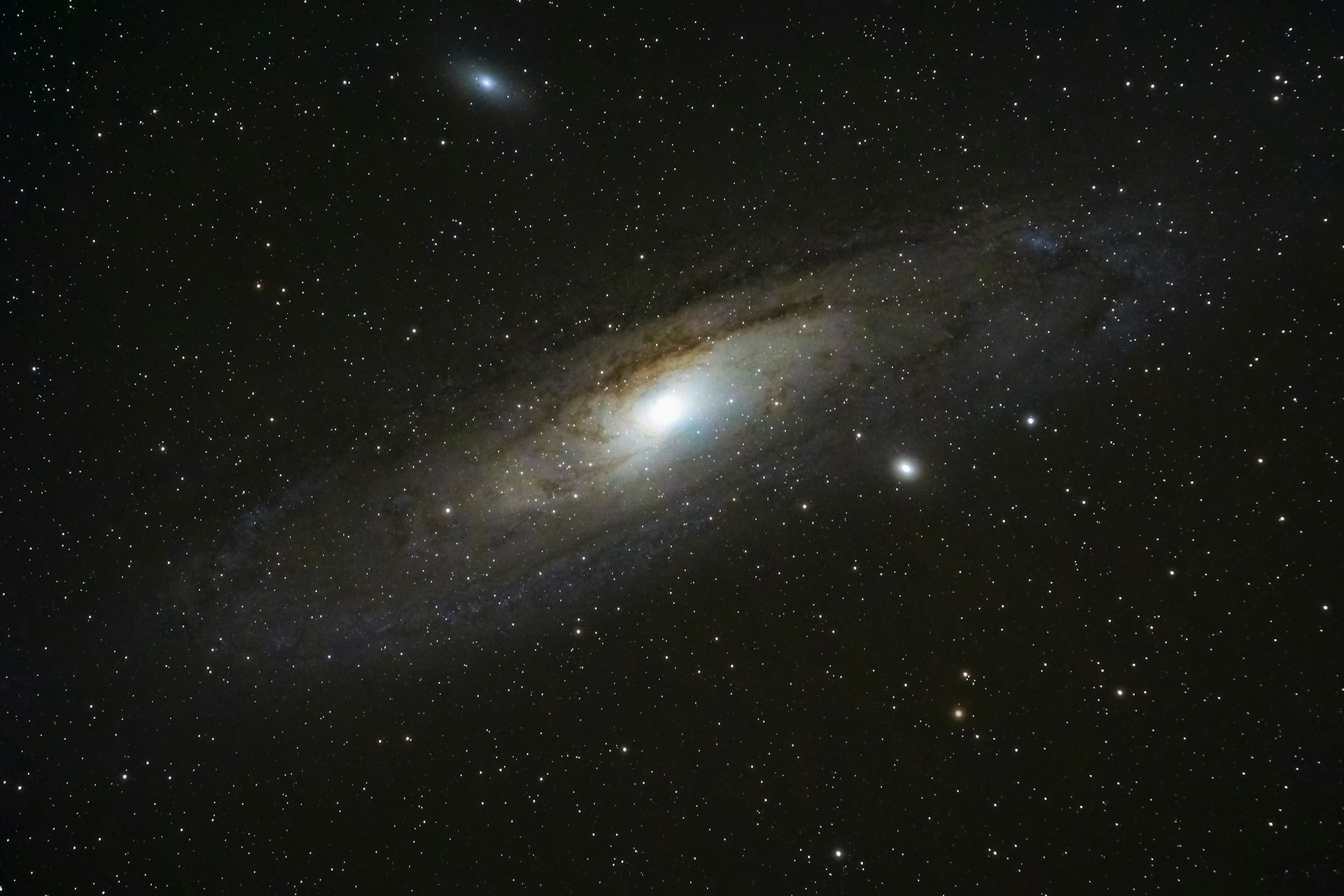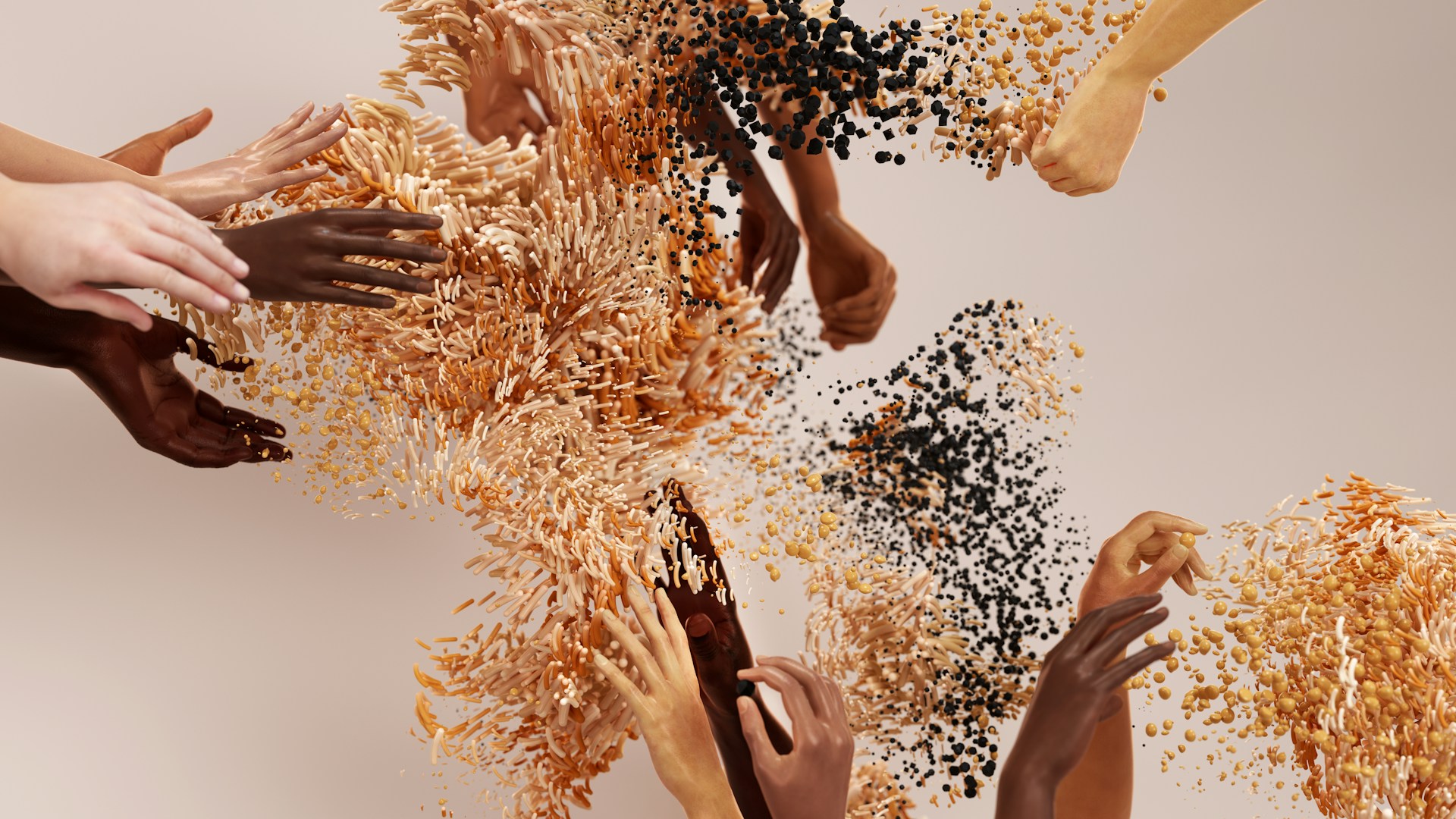Often described as natural stewards of the earth, Indigenous peoples have successfully managed their land for generations. We must therefore harness this knowledge to conserve our world. Photo credit: Joey Csunyo via Unsplash
For tens of thousands of years, Indigenous peoples have lived in a range of ecosystems across the planet. Many Indigenous people, prior to impacts of Western agriculture and industrialisation, lived harmoniously with the land because they relied on it for survival. This relationship with the land is embedded in Indigenous culture and lore, and governs how Indigenous peoples view and interact with biodiversity.
My name is Teresa Cochrane, and I am a proud Aboriginal woman of Dunghutti and Gumbaynggirr Country, in what is now Eastern Australia. I also have strong cultural connections to Birpai/Birripi and Bunjalung Country. All of these places have not only had a significant impact on who I am as an academic and researcher, but also personally they have influenced how I interact with people and the places around me.
My name is Teresa Cochrane, and I am a proud Aboriginal woman of Dunghutti and Gumbaynggirr Country, in what is now Eastern Australia.
Country is a difficult concept to define because it is so individualised to each and every Aboriginal (Indigenous people on the mainland of Australia) and Torres Strait Islanders (Indigenous people from the Torres Strait Islands north of Queensland) in Australia. Simplified, it is a cultural place or boundary that separates different Aboriginal and Torres Strait Island people, much like the different countries in Europe. Similarly, in Australia each Country has its own set of cultural practice, lore, language, customs, ceremony, art, dance, waterways, plants, animals, star constellation and connection to the Dreaming. Country is not only the physical embodiment of land, but it is also a spiritual connection. It is often seen as a safe place much like many people think of home with family and friends but to Aboriginal people Country is even considered kin. Unfortunately, this definition only scrapes the surface because many Aboriginal and Torres Strait Islander people describe Country as a feeling or part of their soul.
The Dreaming, or often referred to as the Dreamtime, is another aspect of Indigenous Australian culture that links people to the Universe and Ancestors. In keeping with the concepts of spirituality, the Dreaming is our connection to Country in the past, present and future. It holds sacred knowledge like stories, ceremonies, lore, and totems. The Dreaming is a tool to teach the future generations and has been used for a long time to connect people with the land, to protect it, and to protect each other. The Dreaming holds the knowledge of how Australia was formed, same with all the plants, animals and environmental features. It is also where people come from and go when they pass on. The Dreaming is commonly shared to young people through stories that embed environmental knowledge and teach essential life lessons or ways of navigating society. Similar to Country, the concept of the Dreaming is complex and individual to each Aboriginal and Torres Strait Islander person.
Dreaming is our connection to Country in the past, present and future. It holds sacred knowledge like stories, ceremonies, lore, and totems.
Indigenous Australians or Aboriginal and Torres Strait Islander people have been the traditional custodians of Country for over 65,000 years making them the oldest living culture in the world. Due to the harsh environmental features and climate of Australia, it was vital to their thriving that they learnt through trial-and-error ways to navigate the Country. Most of Australia is semi-arid or arid ecosystems. This means that for their long-term survival in these areas, they needed to know climate patterns, animal movements and plant growth to ensure that they could have a constant source of food, water, and shelter even in the most intense times of the year.
The Indigenous people of thousands of years ago were a nomadic society and would move around their Country bounds constantly throughout the year. Most of the movements would be influenced by the changing of seasons, and biodiversity. Nomadic movements were also a way of ensuring good resource management, only using certain resources based on the best time, such as using the Dark Emu constellation to know when it was appropriate to utilise emu eggs in Western New South Wales. Indigenous people also viewed themselves as one with nature, as part of ecosystems as much as the plants and animals. In many places biodiversity was considered as important as family or friends, and this played a role in developing totem systems. These totem systems differ in use across Australia but is vital to the understanding in the ecology of each plant and animal in their Country.
The totem system from the Countries I am from allows for the person to be the knowledge holder of the animal or plant they are given or born into. Within your family group (also known as mob) you are the person that is responsible for its survival and use. For example, if you are given the Kangaroo, people in your mob or Country would come to you to gain permission to hunt the Kangaroo for food or clothing. If you had observed the Kangaroo having high population numbers you could allow them to be hunted to feed families, and on the flip side if population numbers were low, you would not allow this. This totem system was vital to survival of Indigenous people, but also ensured that biodiversity was sustained. It is considered the social responsibility of the community to preserve the environment. By having this relationship and responsibility with a totem creates lifelong physical, spiritual, and emotional connections to the environment. With my personal totem being a Koala, I have dedicated my research interests to understanding more about this animal and advocating for its conservation and preservation. I have focused my early career research on understanding the Koalas diet selection and its relationship to habitat selection.
Along with totem systems, fire was an important factor in the management of Australian ecosystems. Fire was not only important to the management of lands, but it was also the foundation of how Indigenous people viewed climate and seasons. For Indigenous people in my Countries there were six seasons in the year rather than the four currently known as Winter, Summer, Spring and Autumn. These six seasons were determined by fire and its use to manage the land. The six seasons from the Banbai people of Gumbaynggirr Country are Wildfire time (November to March), Grass cures (April to Mid-May), Burning Time (Mid-May to June), Too Cold (July), Burning Time (August to September), and Risky Time (October). Australia is a large continent and even within our own landmass the four or six season climate classification is not effective. The top section of Australia has its own two seasons with wet season (November-April) and dry season (May-October). Classification of seasons vary from Country to Country and are determined by cultural practice, geography, landscape, biodiversity, and climate patterns.
Fire also played a vital role in how the land was managed. In the present day, Australia is faced with catastrophic bushfires, and this is a result of urbanisation, climate change and particularly the initial removal of Indigenous fire practice. Thankfully, these fire practices have since been re-introduced. Indigenous people have been using fire as a land management tool for thousands of years and thus many ecosystems rely on regular fire burning to be maintained. For instance, many native plants have evolved to need fire to germinate seeds or even resprout branches which is essential to many animals who rely on them for a food source. Fire also adds nutrients to the soil by chemically converting those trapped in dead plant tissues to the soil surface, making them available for new vegetation to use for effective growth.
Another way that Indigenous people conserved and managed the Australian environment was through the use of connection to the Dreaming and Dreaming Stories. Dreaming stories shared the lore of the land and were fundamental to the connection Indigenous people have to Country and the environment. Many are told through environmental perspectives, and through the representation of animals or plants. Growing up I was told that the Rainbow Serpent during the Dreaming travelled through Country and his movement resulted in creating the valleys and mountains. Other stories also share how Indigenous people should behave in community, like the story of how the Australian Magpie lost its colours. It teaches the importance of being humble. The Magpie was once a very colourful bird that would brag too much and show off, the other birds being fed up with this, pushed the magpie into a fire resulting in the permanent black and white colours we see today. While Dreaming stories aren’t always focused directly on the conservation or management of the environment, they are always related to ecosystems. For me and my cultural experience growing up, Dreaming stories created a deep connection to the environment from a young age. Being shared with me both at home and at school, they taught me how to live harmoniously with nature. I am also always reminded of their lessons when I would come across the animal, plant, or environmental feature portrayed in the story. This created a deep emotional connection to the natural environment that I still carry with me today.
Dreaming stories shared the lore of the land and were fundamental to the connection Indigenous people have to Country and the environment.
These are just some of the ways in which Indigenous Australians, or Aboriginal and Torres Strait Islanders, are managing and conserving Country. For me, my Indigenous culture is the reason that I chose a career related to conservation and management of Australian ecosystems and biodiversity. My connection to my totem, the Koala, and my cultural responsibility to it, led me to study Environmental Science and Management at Charles Sturt University in Australia, and a Master of Philosophy in Biodiversity, Conservation and Management at the University of Oxford. I believe that the integration of Indigenous science and knowledge is fundamental not only in the sustainable management in Australia, but all around the world. Across the world many Indigenous people and communities are working to have their voices recognised and heard to ensure that culture, customs and traditional practices are used so that we can live in a thriving balance with the land that we rely on for survival.





